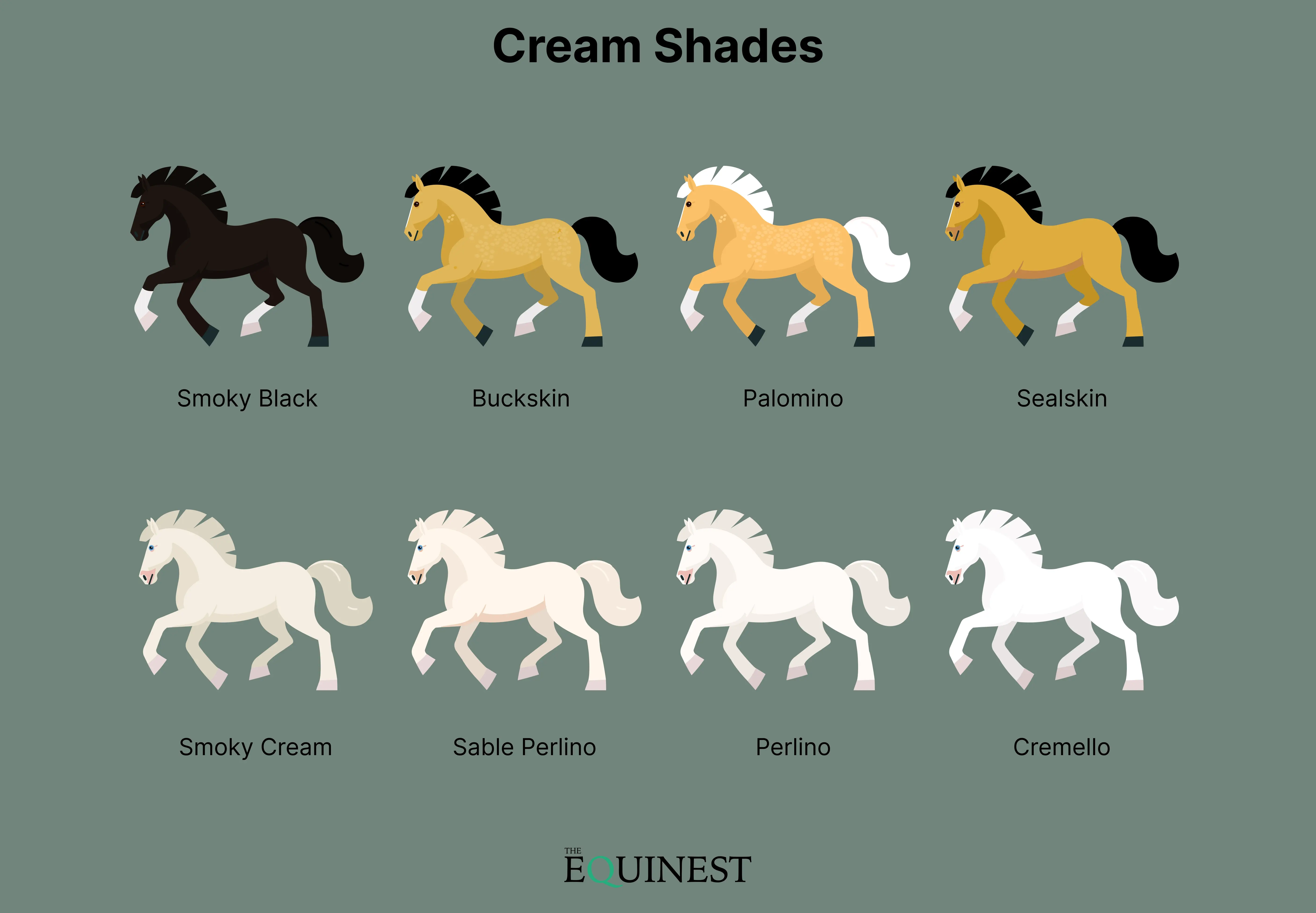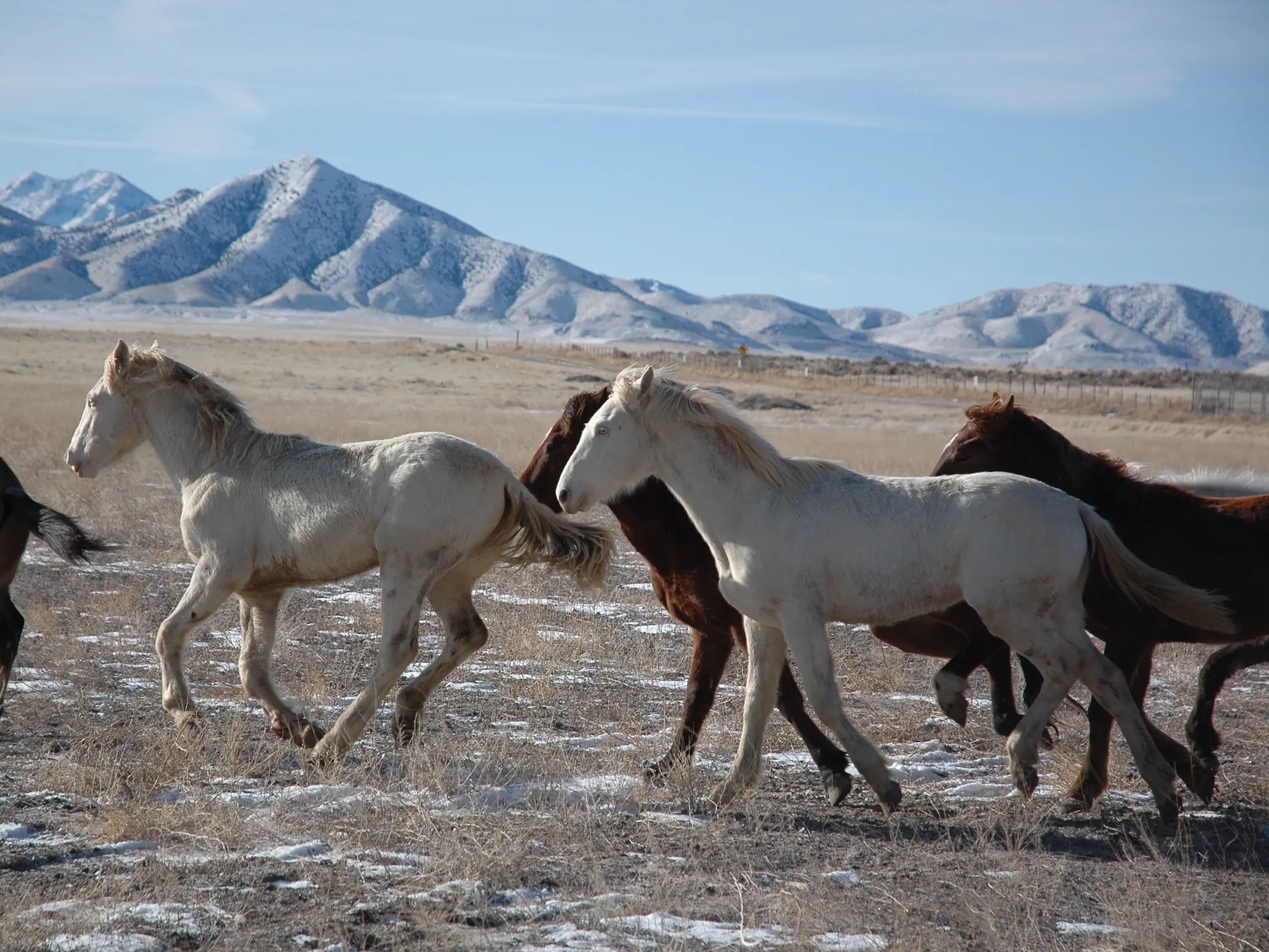
Some colors are favored worldwide and one or two cream dilution genes are responsible for quite a few of them, including everyone’s golden favorite the palomino and the creamy yellow hues of buckskin.
Updated Colors
We’ve been giving our colors section a major overhaul, to make the information more accurate and provide better images. Equine color genetics are incredibly complex and some of it still remains a mystery, even for geneticists. We think that is part of the fun.
So Romantic
Cream is an apt name for how this dilution affects a base color, as they tend to look like someone added a splash of cream or two. A bit different than the other types of color changing genes, cream can singly or doubly affect a base. Giving us everything from a lovely shade of Isabella Palomino to the pink-skinned, blue-eyed, pure white animals some would mistake for albino. True albinism has not been proven to exist in horses and the creme dilution is not associated.
The Range
There is a larger range of shades when there is only one cream gene, as a double dose creates animals that look so similar they are difficult to tell apart visually. But oh, what a lovely range a single splash of cream provides.
Single
The single dose colors include fan favorites like palomino and buckskin. Expressed much stronger on a chestnut base than the others, this gives us the golden blonde palomino. Bay or brown bases display similar coloring, showing a range of tan to golden yellow coats with dark points. This coloration is often confused with yellow dun online, but they are not the same genetically. Dun animals can always be identified by an obvious undiluted dorsal stripe down their back, which buckskins and sealskins do not generally have.
Double Characteristics
While a single dose dilutes coat color, strong cream characteristics require two doses to properly declare themselves to the world. All double creams have blue eyes and pink skin, regardless of base color and the differences between them are subtle enough that visually identifying them is difficult.
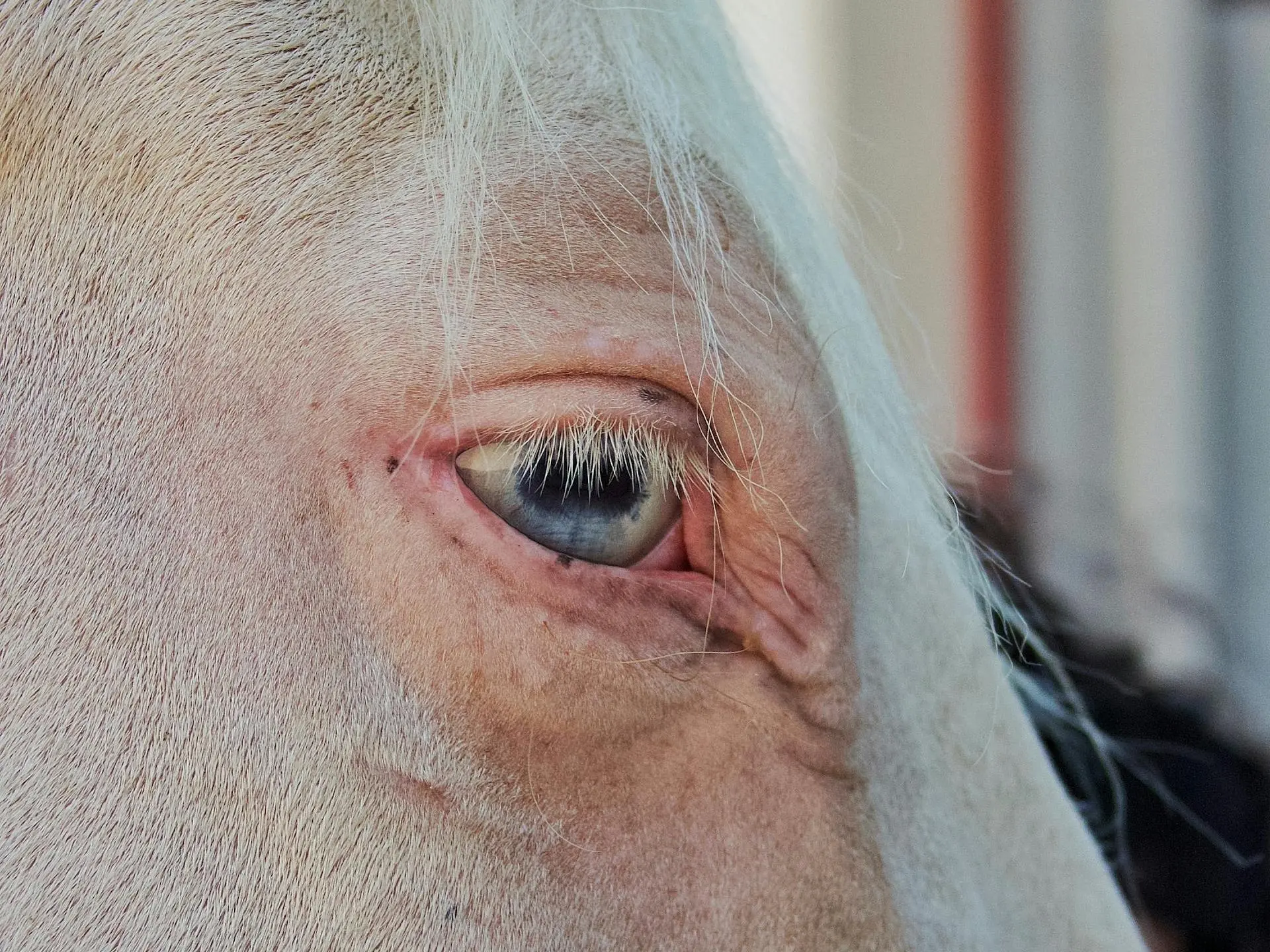
Blue Eyes
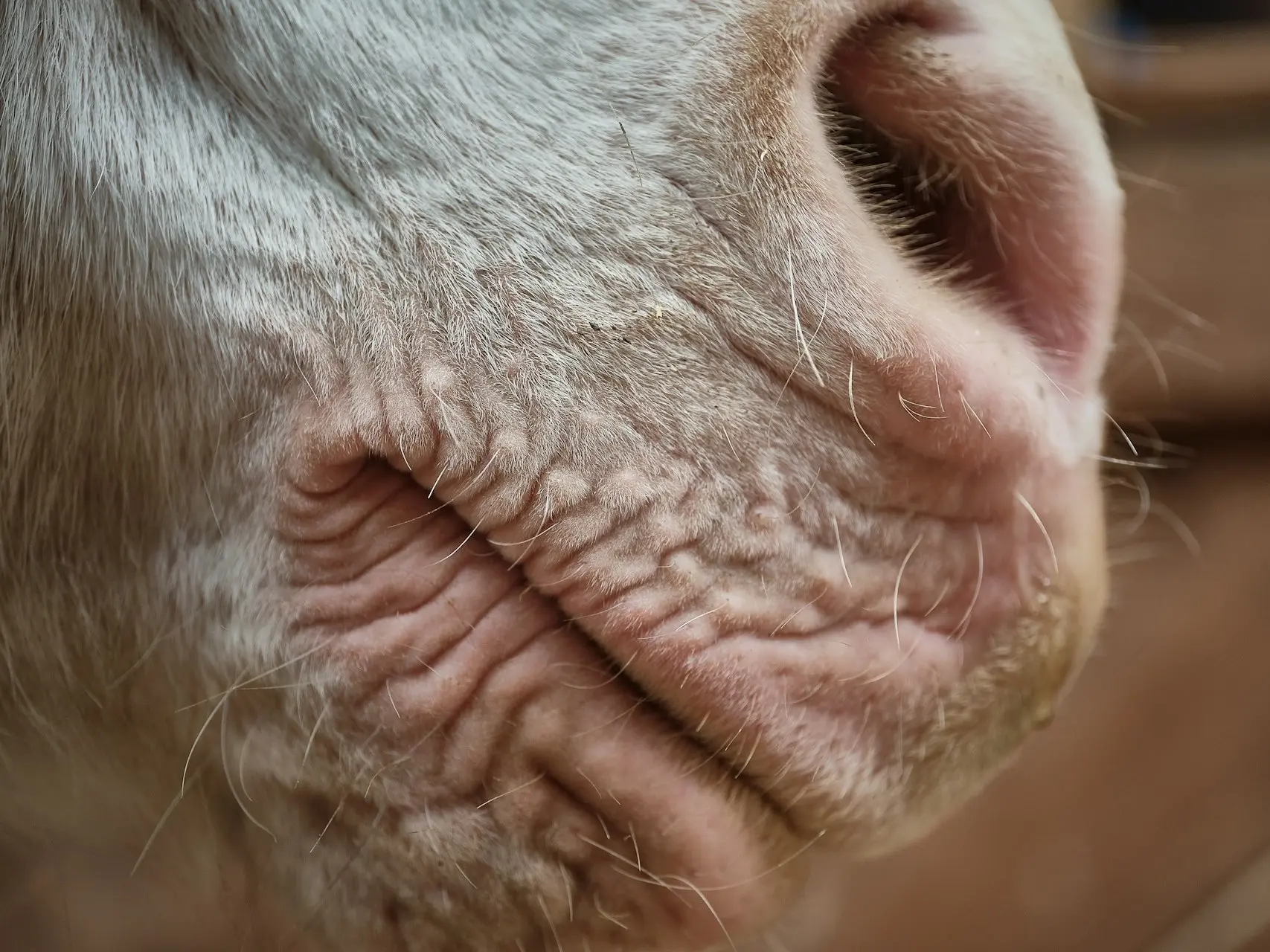
Pink Skin
Double
Perhaps the prettiest white type of the equine world, there is no skin mottling or patterning to get in the way. Just the pure white coat, sweetly pink skin and soft blue eyes characterize an animal with a double dilution of cream. Unlike most other ‘true’ white types, a cream will be born white-haired, pink-skinned and blue eyed, staying the same color throughout it’s life.
Interesting Comparison
It’s always interesting when we can find images that provide two animals of similar coloring but with different genetics. The example below (sorry it’s a bit blurry) shows the difference between a grey and a double cream. When together they are unmistakably different, even to a layperson. Greys do not loose pigment in their skin and it remains dark even after their coat is white. Double creams will have pink skin their whole life (unless it gets sunburned badly enough).
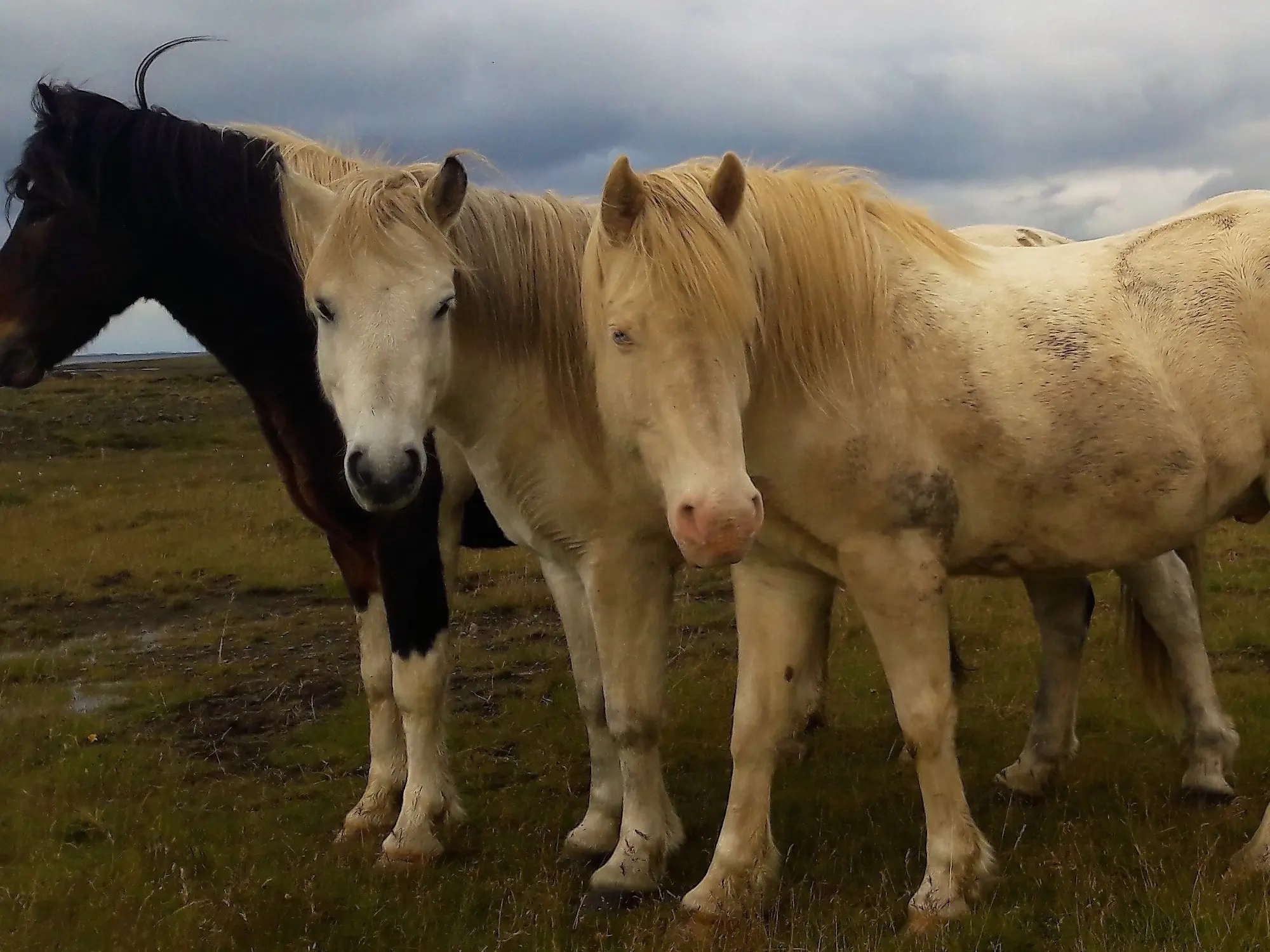
Creamy Breeds
Many breeds carry cream genes and it is one of the most widespread of the dilutions. However there are only a few that are bred specifically for cream colors and most of them are color breeds. Less interested in conformation or type than they are in the color of an animal.
Colorful World
The world of horse colors is truly a spectacular one and we will continue to share updated color (and breed) pages, with all of their spectacular images. We’ve been working on some quick color cheat sheets for all of the horse color lovers out there. Click the image below for a larger version.
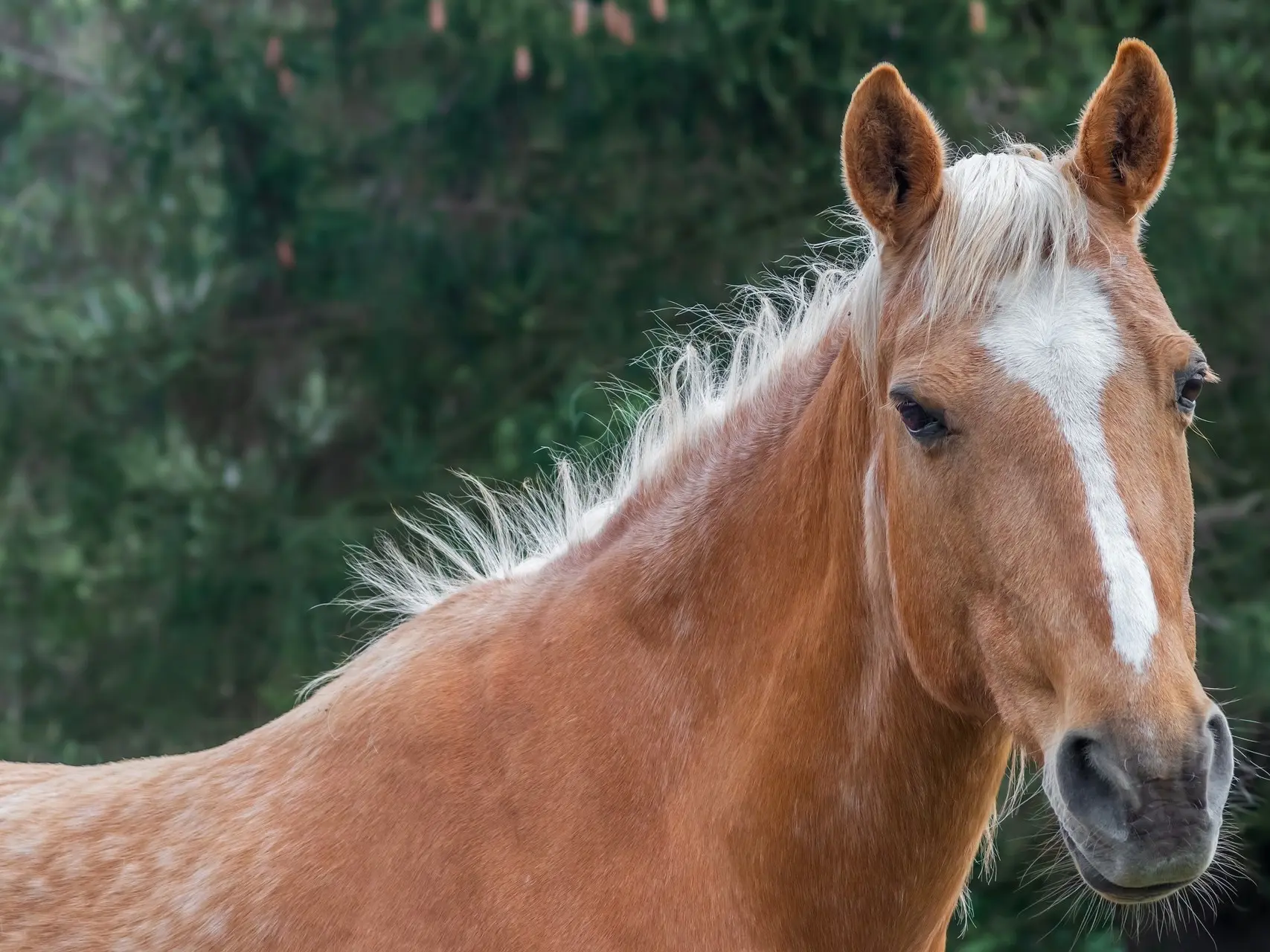 Palomino
Palomino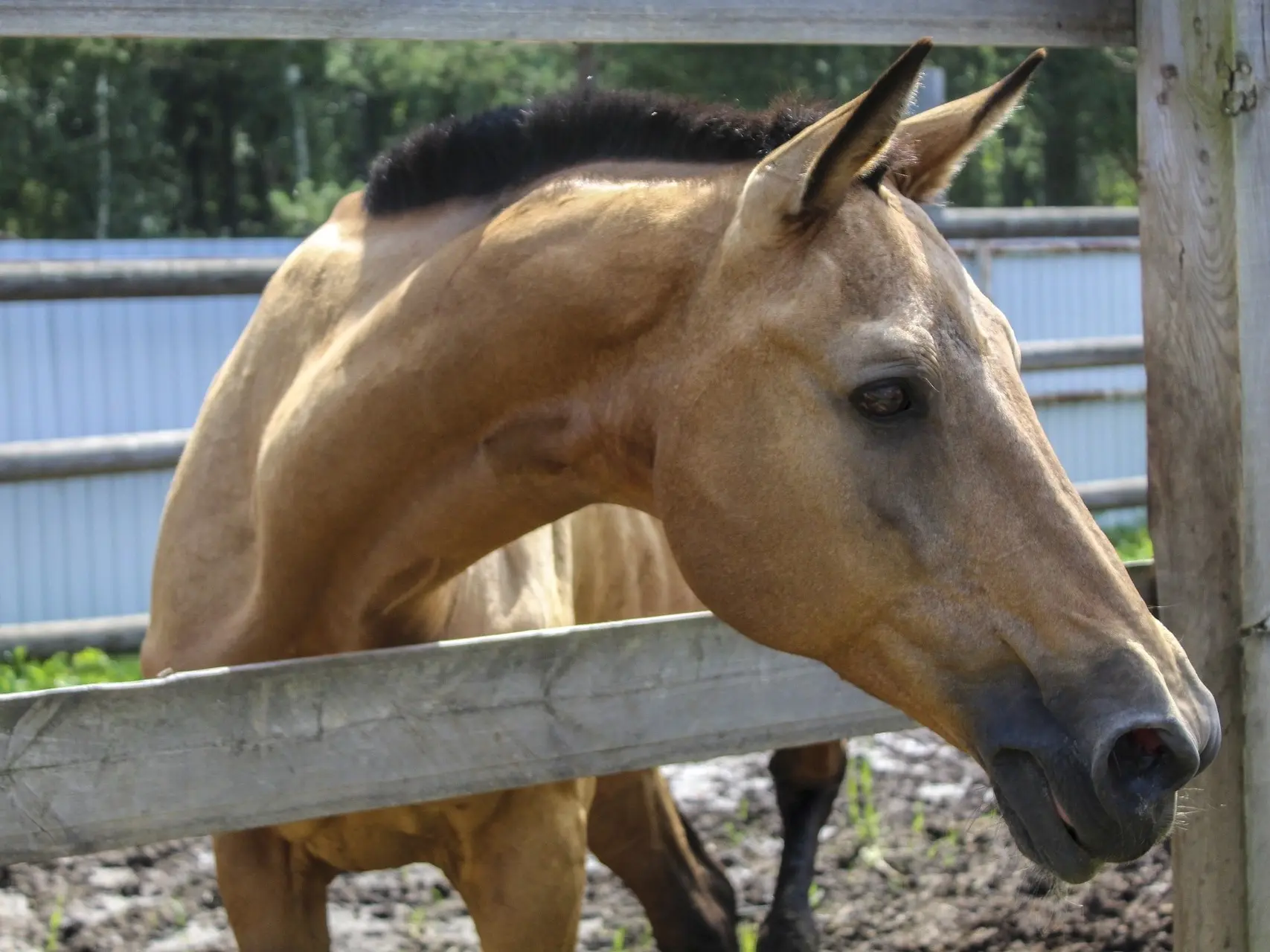 Buckskin
Buckskin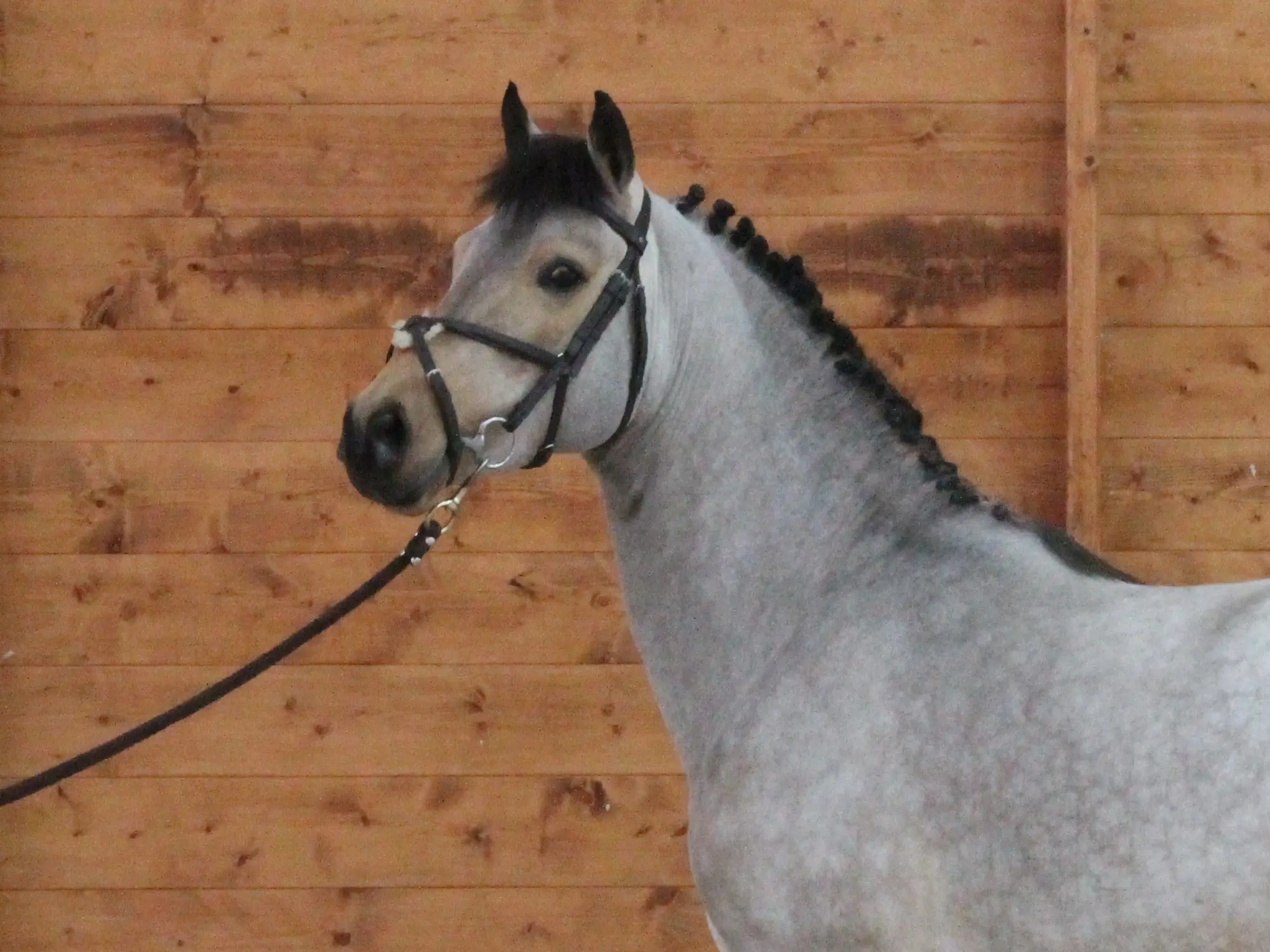 Sealskin
Sealskin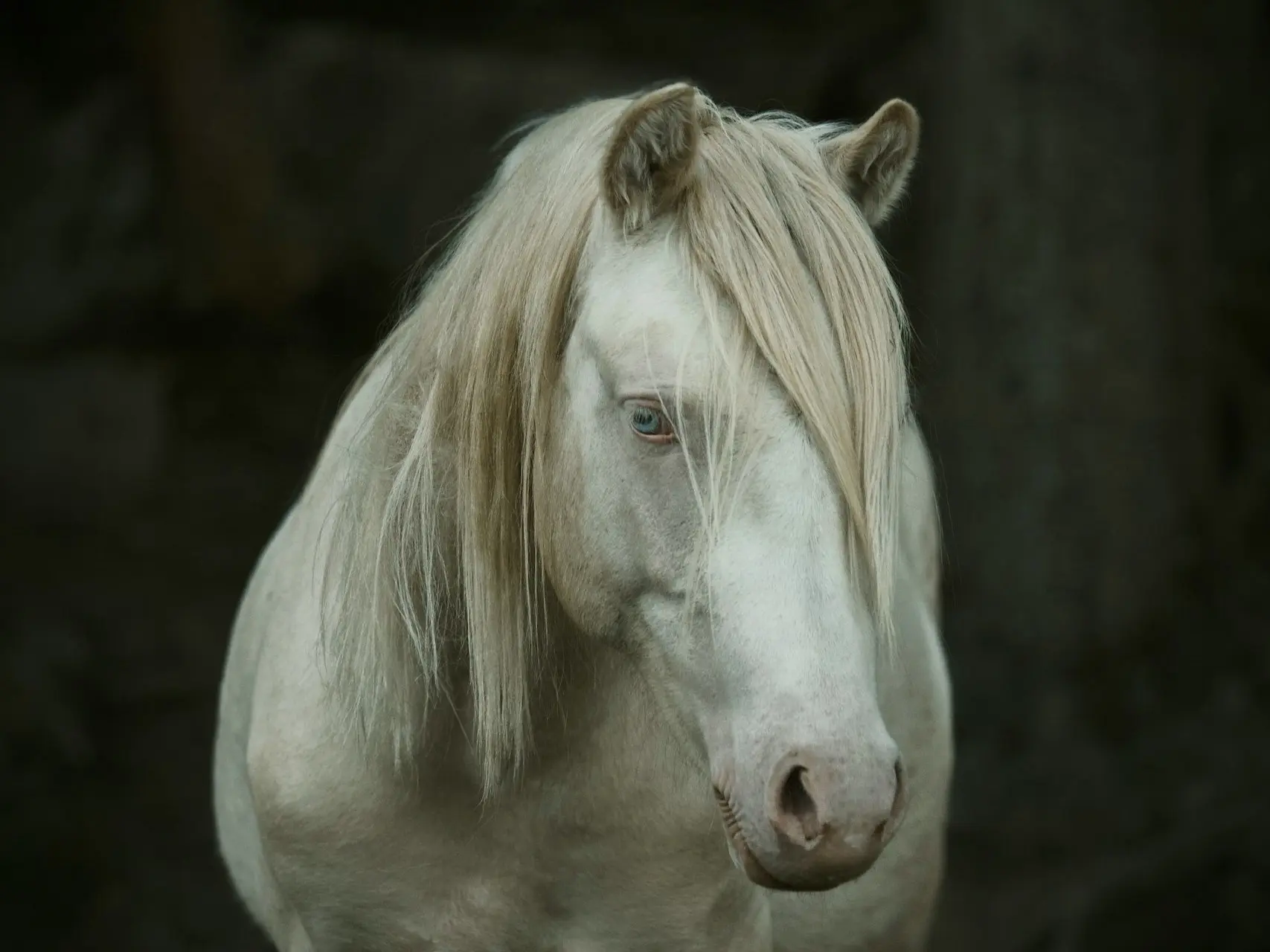 Smoky Cream
Smoky Cream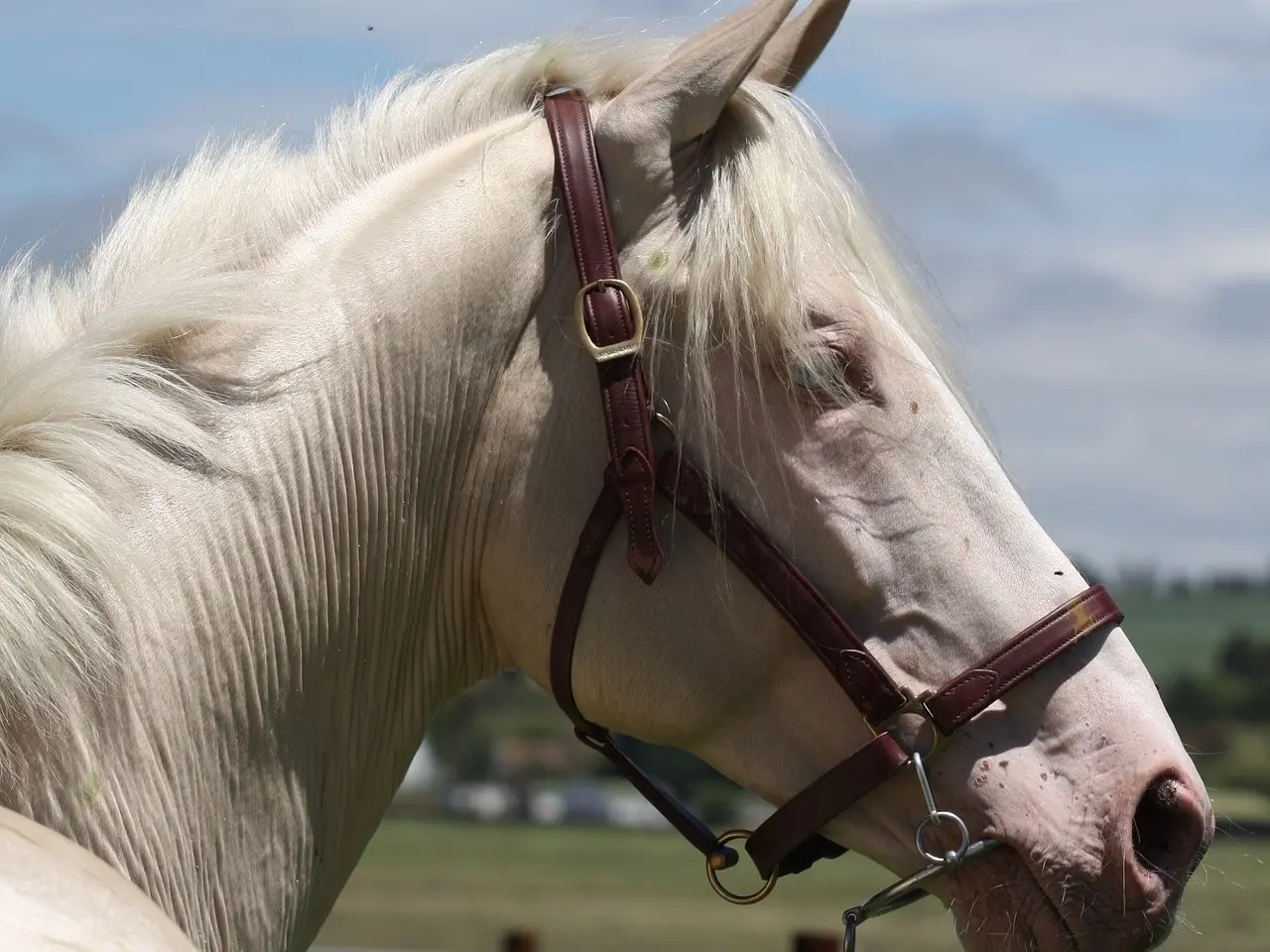 Cremello
Cremello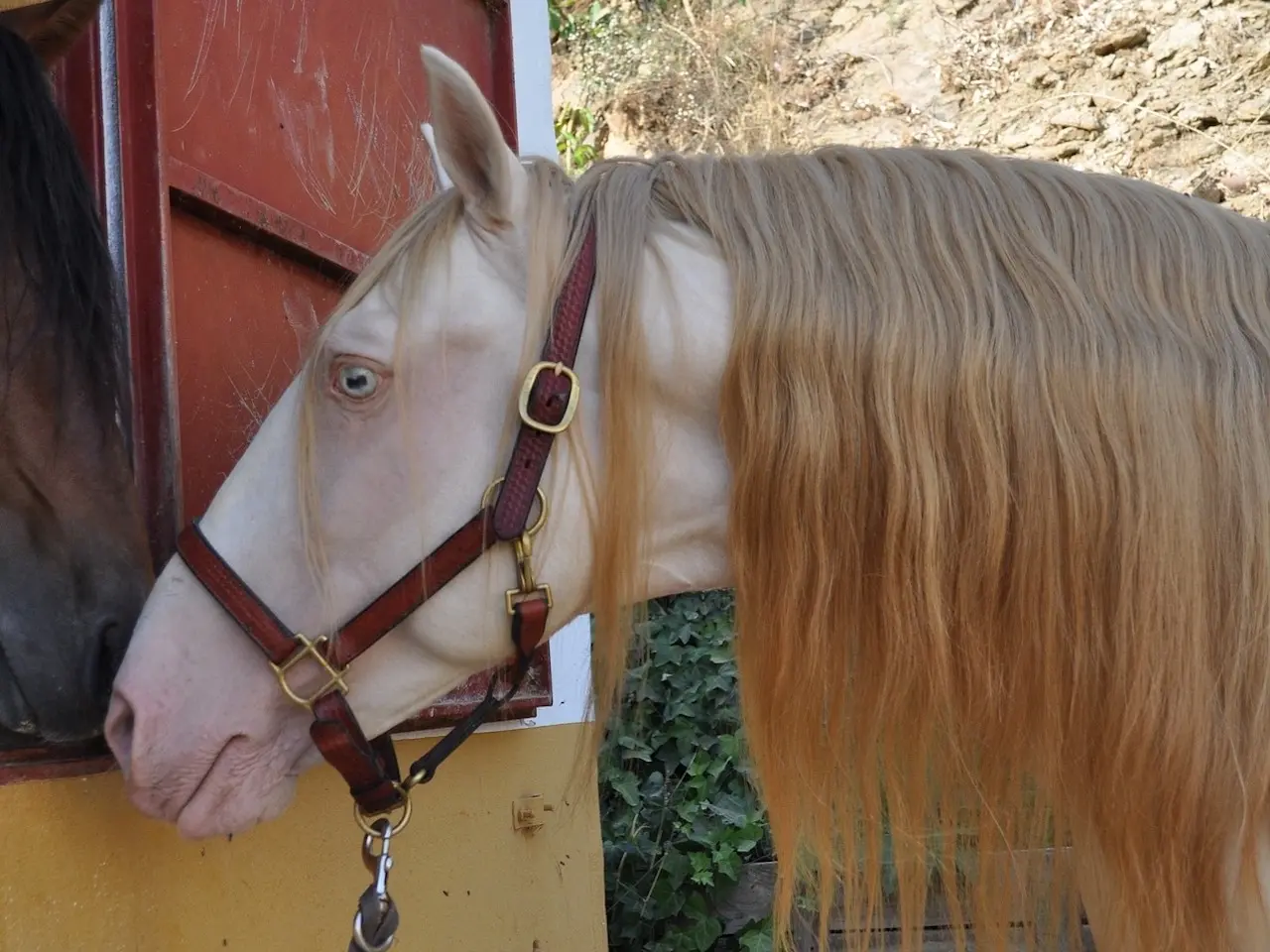 Perlino
Perlino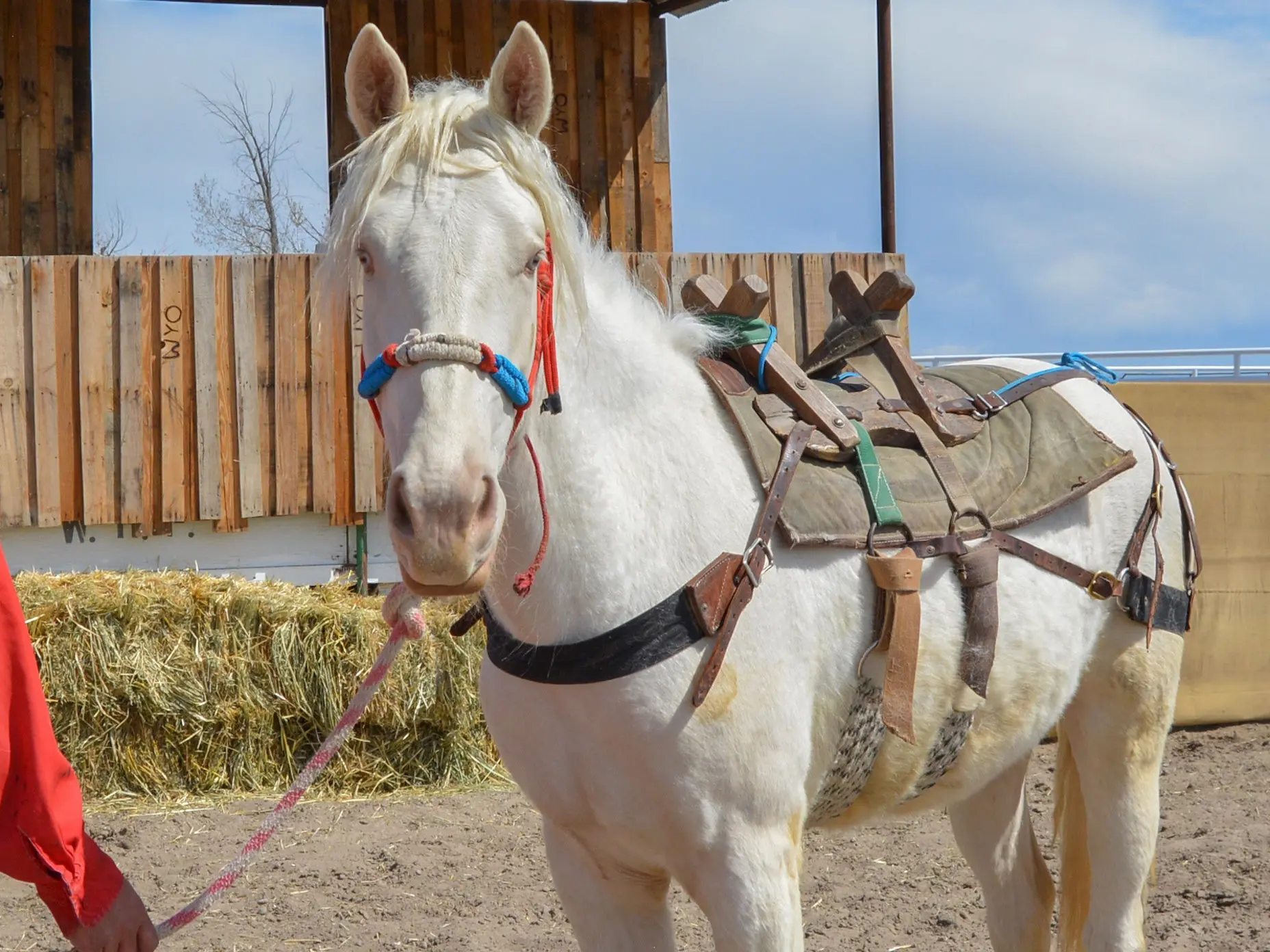 Sable Perlino
Sable Perlino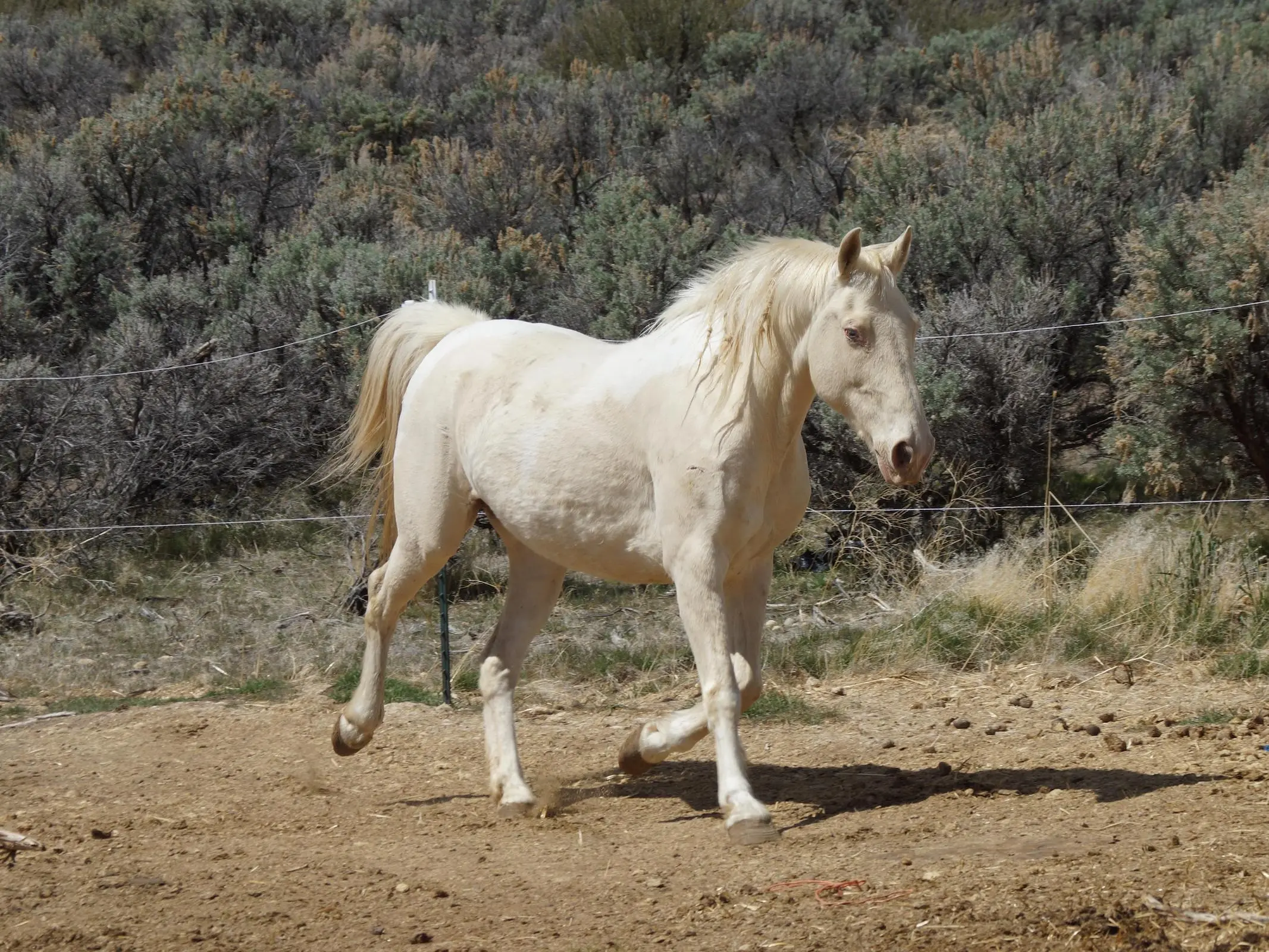 American Cream Draft
American Cream Draft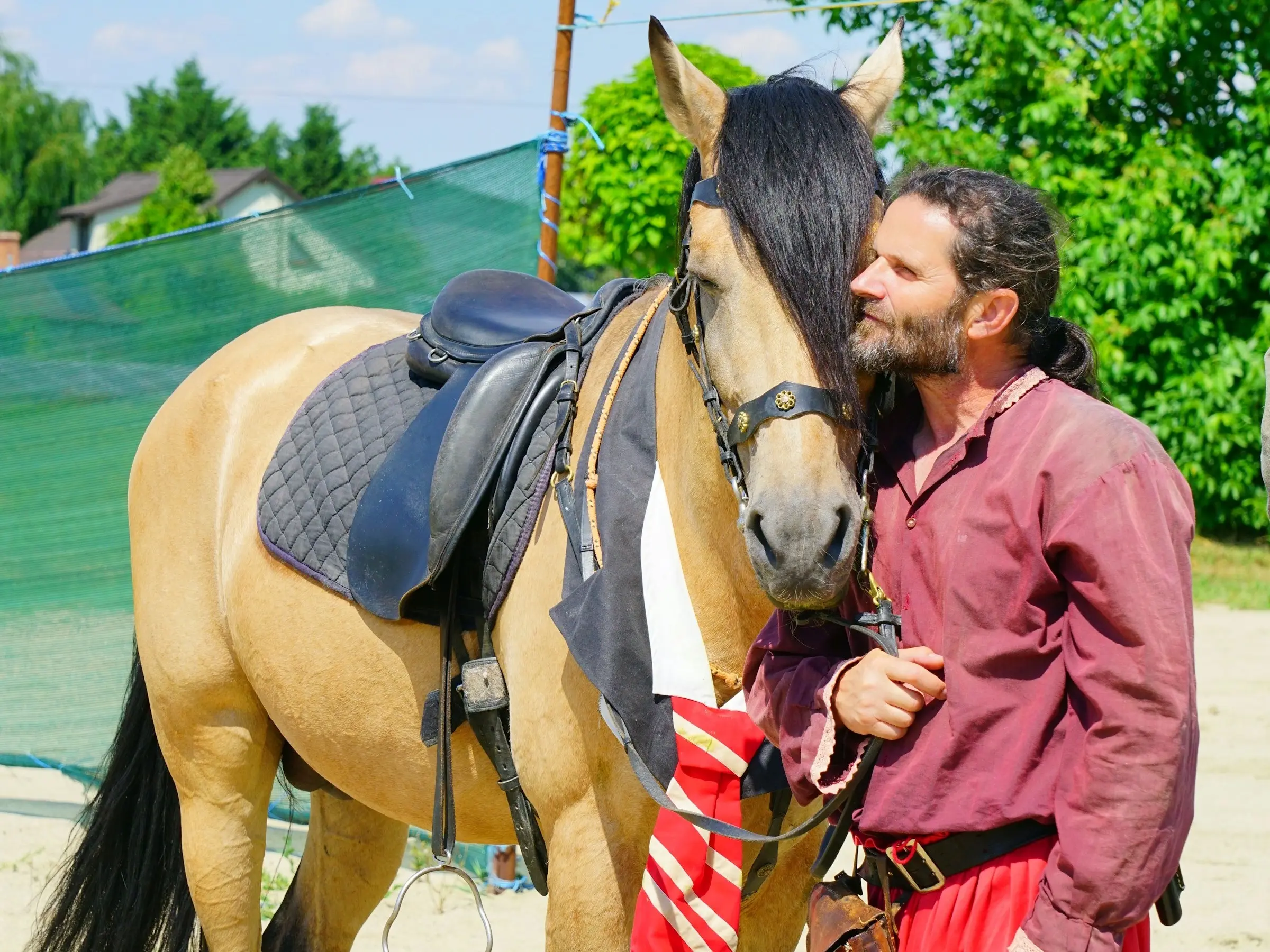 Buckskin
Buckskin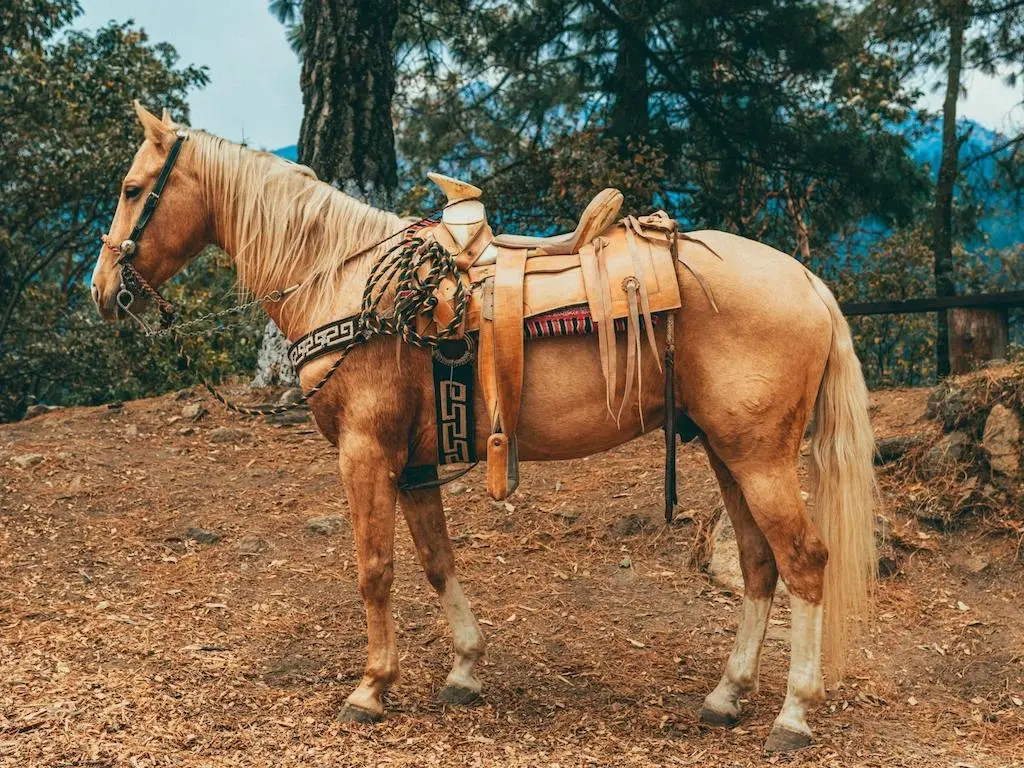 Palomino
Palomino